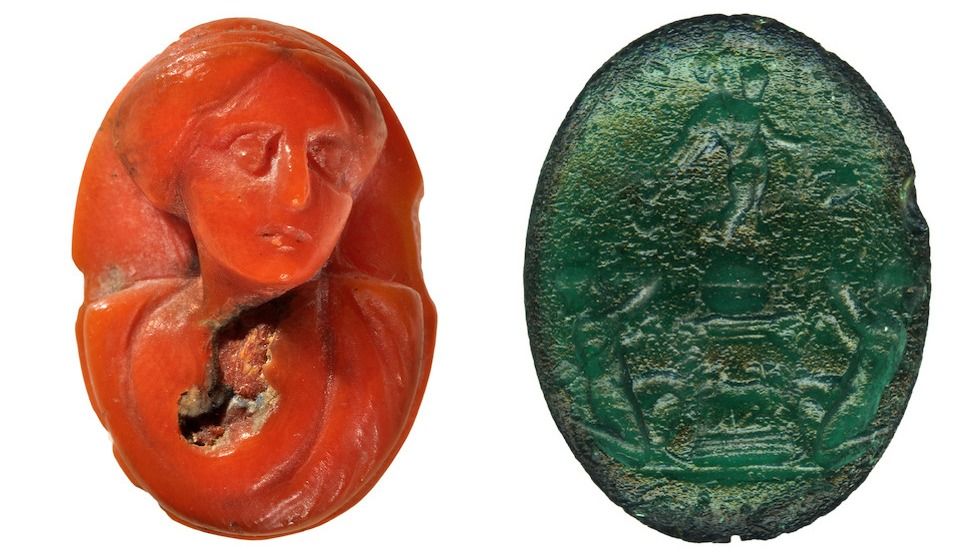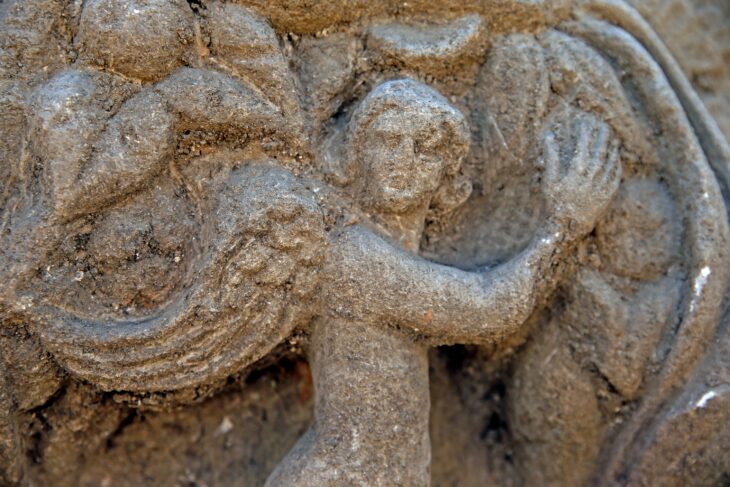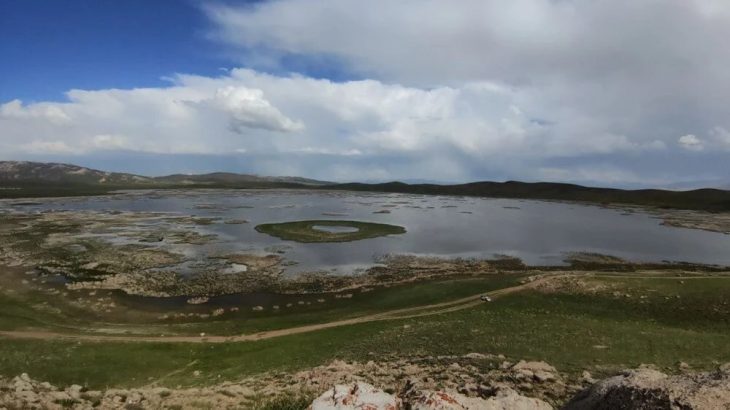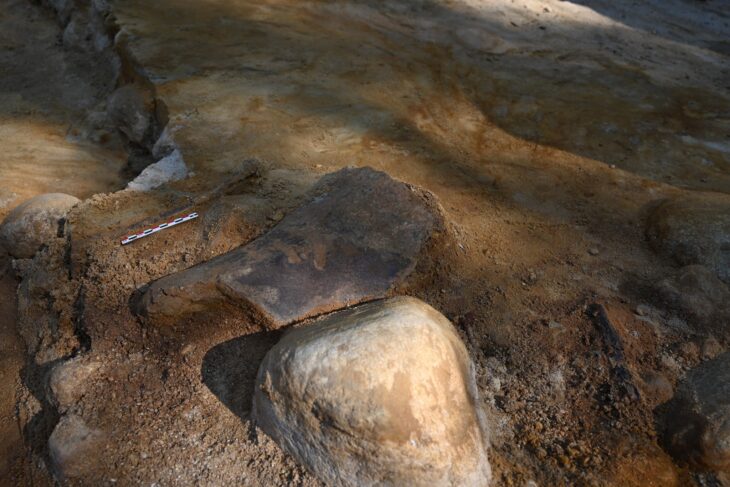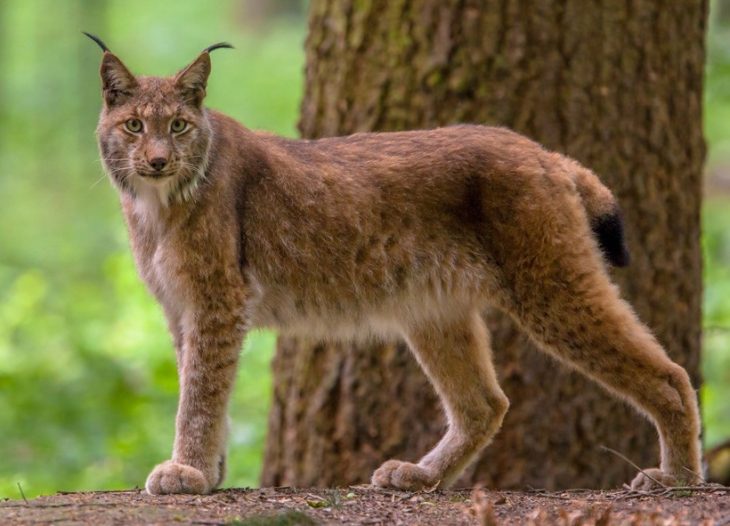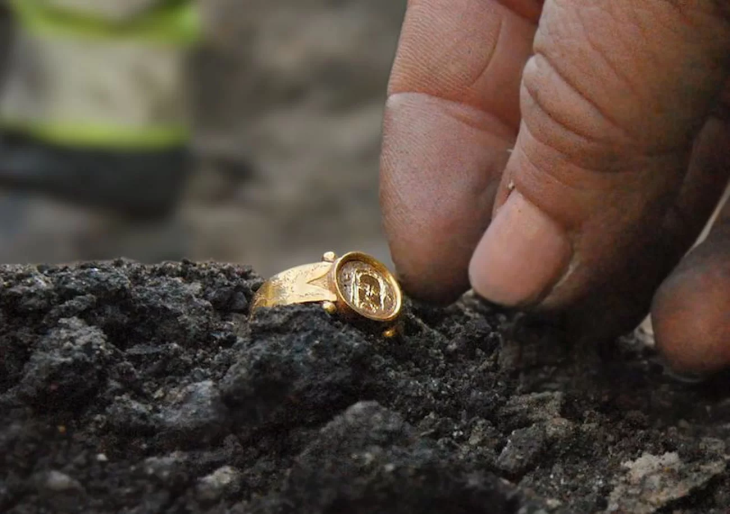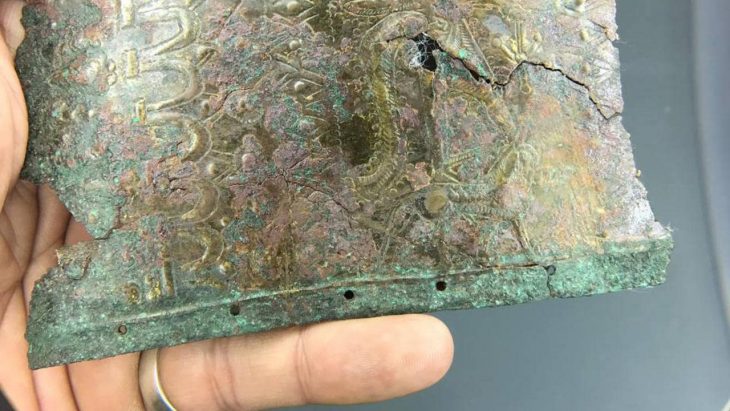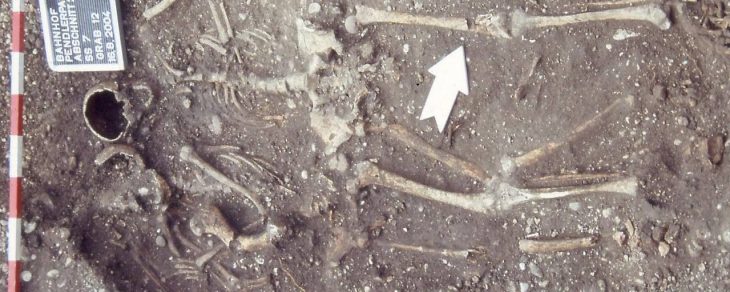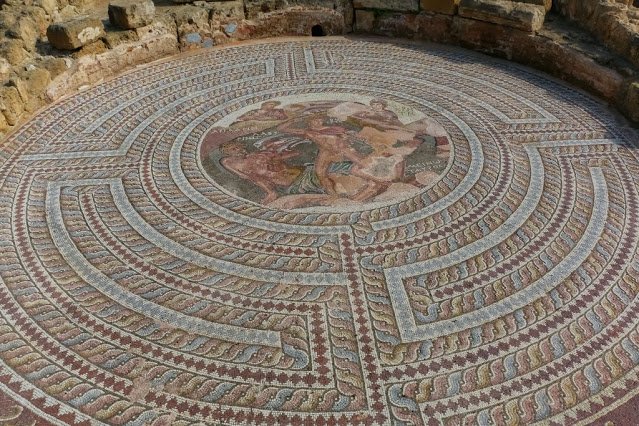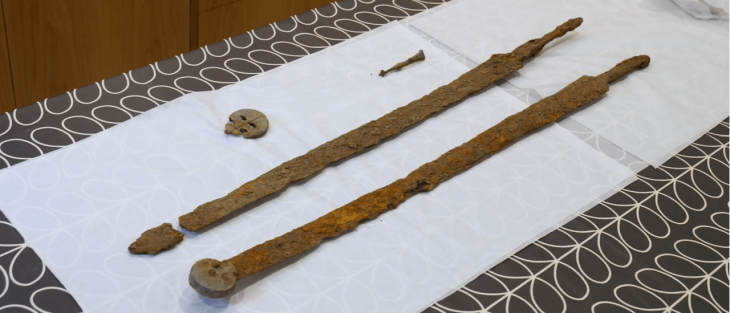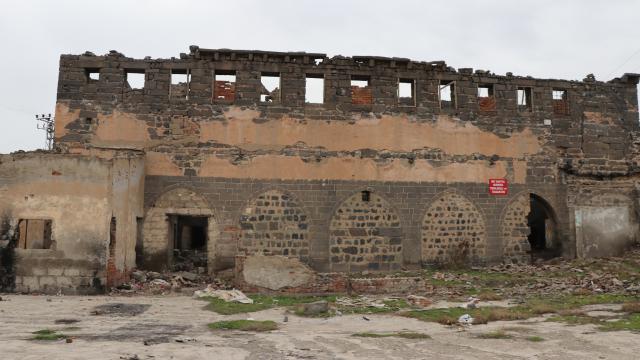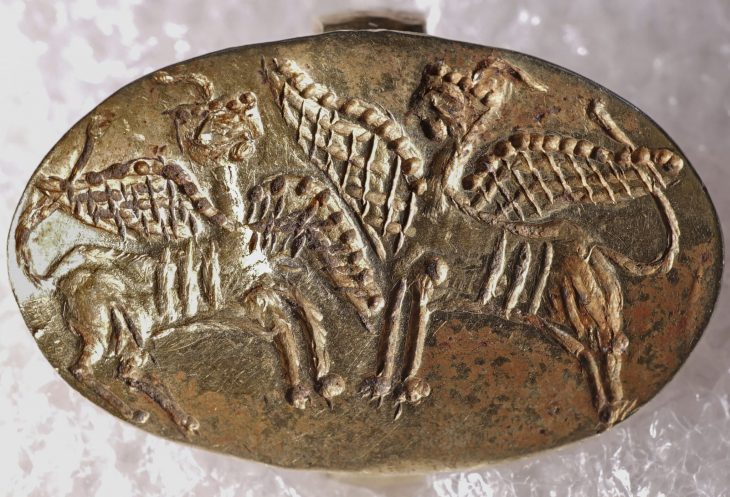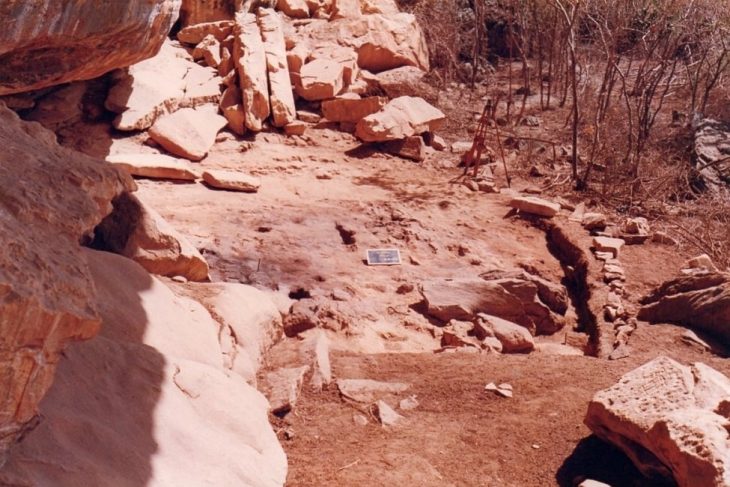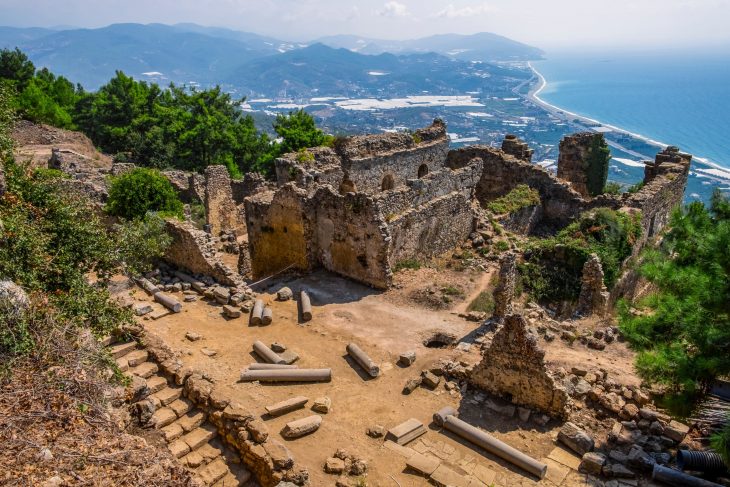Italian archaeologists have unearthed 50 unique jewels during ongoing excavations at Claterna, the ancient Roman site known as the ‘Pompeii of the North’. Along with the jewels, 3,000 coins were also found. Even more significant is the discovery of 50 engraved gems, suggesting the possible presence in the city of a workshop specialized in their production.
In the excavation of the archaeological site of Claterna, strategically located along the Via Emilia between the colonies Bononia (Bologna) and Forum Cornelii (Imola), archaeologists have made extraordinary discoveries that promise to transform this place into an archaeological park unprecedented in Northern Italy.
The jewel of the discovery, however, is an exceptional ‘quinarius’, dating back to 97 BC. This coin features a detailed depiction of a ‘winged victory’ writing on a shield, resting on a trophy. The clear presence of the writing ‘ROMA’ testifies to the celebration of military victories and the city’s connection with Roman power.
The discovery was announced on the Italian Ministry of Culture web page.
“We are facing the largest non-stratified archaeological area in Northern Italy,” Lucia Borgonzoni, the Italian undersecretary of state to the Ministry of Culture, said in the statement. “Given the importance and quantity of finds brought to light so far, we can probably speak of a Pompeii of the north.”
📣 Our WhatsApp channel is now LIVE! Stay up-to-date with the latest news and updates, just click here to follow us on WhatsApp and never miss a thing!!
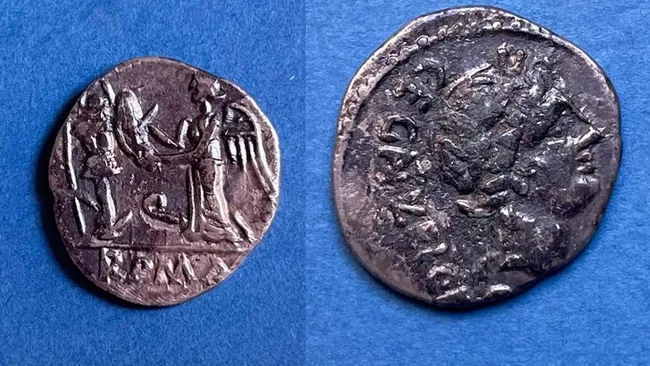
Lucia Borgonzoni stated that “the finds yield very precious and significant materials”. The discovery of the silver coins and colored gems, presumably produced locally, suggests that Claterna was not only a transit center, but also a lively commercial center.
Archaeologists also unearthed dozens of colored gems engraved with the likenesses of various deities and important structures, including the same theater.
Researchers have only excavated about one-tenth, or about 44 acres (18 hectares), of the city thus far; excavations at the site will continue. The ministry hopes to restore the theater in the future.
The declared objective is to transform Claterna from an archaeological site into an archaeological park of international importance. With a vastness of 18 hectares, Claterna is a candidate to become the largest non-stratified site in Northern Italy. Undersecretary Borgonzoni underlined the unique character of the site, announcing the financing by the Ministry of Culture of new interventions, with an allocation of approximately 450,000 euros for the period 2022-2024.
Probably founded as a crucial staging point between the two main colonies, Claterna, like many other settlements along the Via Emilia, occupied a regular position, corresponding to a day’s march for the Roman legions. Its location was between the hamlet of Maggio and the Quaderna stream, giving it strategic importance in the Roman road network.
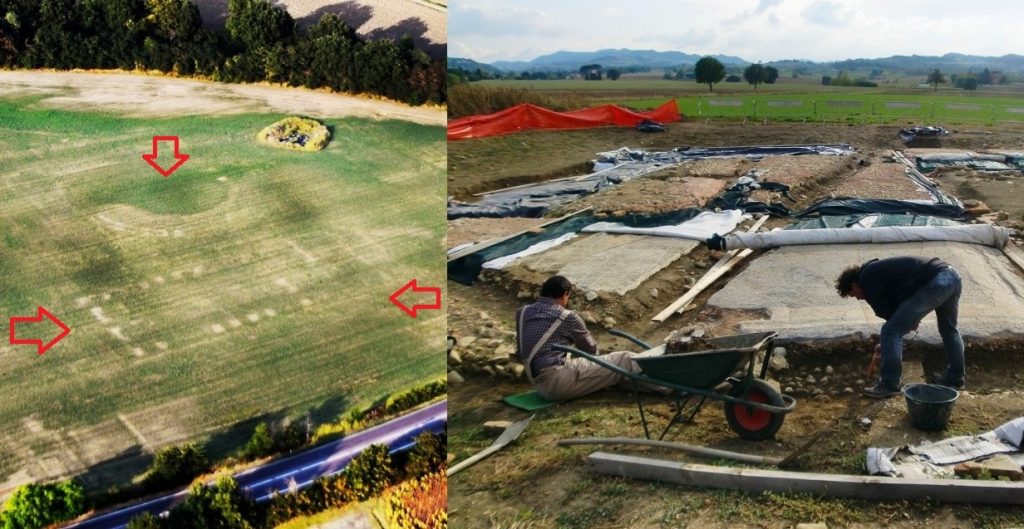
With the beginning of the Roman colonization of Cisalpine Gaul and the construction of the Via Emilia, Claterna saw the light as a result of the convergence of another important route, perhaps the Via Flaminia Minor, which crossed the Apennines and connected the Emilian road to Arezzo. Founded at the beginning of the 2nd century BC, Claterna initially developed as a modest village, subsequently obtaining the status of municipium in the 1st century BC. and becoming the capital of an area between the Idice and Sillaro streams.
Like many cities of the Roman Empire, Claterna began to decline during the tumultuous crisis of the 3rd century. Affected by the economic and political impacts of Roman institutions, together with the barbarian incursions that characterized the era, the city saw a gradual impoverishment and demographic decrease. This process culminated in the definitive abandonment between the 5th and 6th centuries, during the post-fall period of the Western Roman Empire. Claterna turned into a rare example of a disappeared city in the Emilia-Romagna region.
Archaeologists, sinking their shovels into the history-filled earth of Claterna, have brought to light a unique heritage. Among the treasures brought to light are a Roman villa with extraordinarily preserved mosaics and evidence of the ancient plowings that still plow the land.
Cover Photo: Roberto Macri/Soprintendenza Bologna

